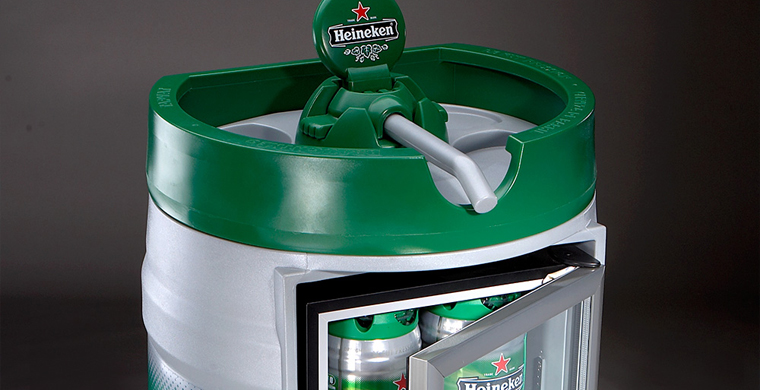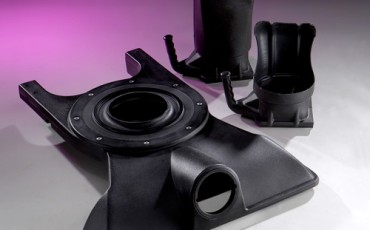
Reinforcing ribs for rotomolded parts help keep nominal wall thickness to a minimum. That’s important because thicker walls in plastic parts can increase cycle times and add material costs. For strong, lightweight parts with thin walls, short molding cycles, and lower costs, rotational molding can support many demanding applications. In addition to reinforcing or stiffening ribs, it’s possible to mold-in structural components such as metal rods or channels.
Rib Basics and ARM Design Guidelines
For designers who are more familiar with injection molding or compression molding, it’s important to understand that the stiffening ribs in rotational molding are hollow instead of solid – except when molded-in rods or channels are used inside the ribs. Several shallow ribs are easier to produce than a single deep rib, too. Because the deep, narrow ribs in rotational molding are really closely-spaced walls, these reinforcing ribs must not exceed the design guidelines for parallel walls. The Association for Rotational Molding (ARM) publishes guidelines, some of which are summarized below.
Rib Depth vs. Rib Width
According to ARM, rib depth should be at least four times (4x) the nominal wall thickness. Rib width should be at least five times (5x) the thickness of the nominal wall. Rib depth controls the amount of stiffness, but there are tradeoffs to consider. Increasing the depth in relation to width adds complexity and, therefore, costs to rotational molding services. For best results, design reinforcing ribs so that rib width is greater than rib depth.
Round Ribs vs. Rectangular Ribs
Designers also have a choice of rib shapes. Reinforcing ribs that are rounded are easier to mold, but rectangular ribs provide greater stiffness for the same amount of material that is used. The perpendicular positioning of the rectangular rib’s depth explains this strength differential. Remember, too, that the side walls of a reinforcing rib need tapers to improve their mold release. Tapers are related to draft angles, the subject of next month’s article from Gregstrom.
Rotational Molding Advice and Reinforcing Ribs
Gregstrom Corporation of Woburn, Massachusetts (USA) is a rotational molder with value-added services that include design assistance. To learn more about us and how we can help we can help strengthen your next plastics project, contact us.


